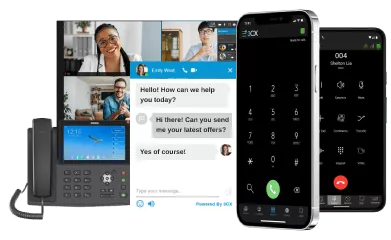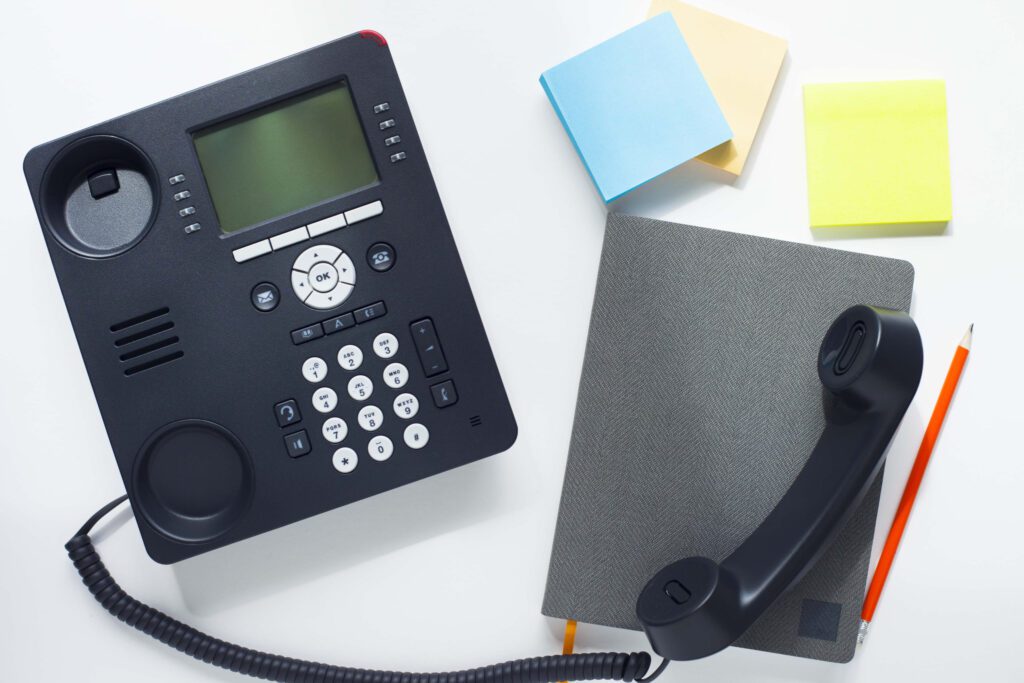If your business is internet critical and you need 24/7 uncontended connection across your business and satellite offices, a leased line might just be what you are looking for.
In this blog, we will explain how a leased line works and why it could benefit your business.
Broadband vs leased lines
The major difference between broadband and a leased line is that while broadband is shared and divided between local users connected to the same source, leased lines offer a private network which is solely dedicated to you and your business.
While broadband speeds can be impressive and they will probably satisfy most of your domestic internet usage requirements, there is no escaping the dreaded drop in speed at peak times. This fluctuating speed could have disastrous consequences if your business is internet critical.
While broadband connection is asymmetrical, which means that the upload speed is significantly slower than the download speed, leased lines are symmetrical, providing consistent bandwidth speeds in both directions. In addition to this, the network speed is available 24 hours a day without fluctuation. And best of all, it is all yours without contention.
The secret is in the Fibre
Broadband, or fibre optic broadband is not a pure fibre optic connection all the way from your premise to the source. This means that the last bit of cabling to your property is a copper cable which is not capable of transmitting data as fast as pure fibre optic. Leased lines on the other hand, are made from pure fibre optic, which allow incredible speed and stability.
What you need to know about how leased lines work
A fibre optic leased line works by sending pulses of light down a pure fibre optic cable, and the data that is being transmitted travels at the speed of light. A leased line is ‘uncontended’, which means that the line is dedicated solely to you and no one else can access it.
With a fibre optic leased line, the speeds are astonishing. Leased line packages are capable of delivering at speeds of up to 10Gbps (gigabits per second). Leased lines are scalable from as little as 10Mbps (megabits per second), and they can be tailored to your exact business needs, meeting both your capacity and budget requirements. Whilst leased lines are not a cheap solution, the technology is unrivalled, and the investment yields palpable results to businesses; a more productive workforce that is able to utilise cost-effective cloud services.
In comparison, the maximum speed of most UK domestic fibre optic broadband connection is around 76Mbps. This is good speed for domestic use but it will fluctuate depending on the time of day and the number of users at the same time. While, multiplexing slows the connection down, it does keeps the broadband costs low and thus makes it an affordable option to most households.
What do the numbers mean?
Leased lines are described in two parts, a line speed and a bearer speed (e.g. 20/100). The first number is the line speed. This is the speed you experience when you use the connection. This is a symmetric speed, which means that your download and upload speeds are the same, in this case 20Mbps.
The second number, or bearer, is the maximum speed that your fibre optic line can go to, in this case 100Mbps. This means that if your future needs change and your business grows, you can easily upgrade your bandwidth to accommodate this change.
The most common bearer size is 100Mbps and 1Gbps, but it can go up to 10Gbps.
Are leased lines right for you?
To gauge, whether your business would benefit from the installation of a leased line, consider the following questions:
- Is your business internet critical?
- Do you need to connect geographically distant offices?
- Do you need your workforce to connect to their work computer from remote locations?
- Does your business rely on sending and uploading large files?
- Do you rely on seamless conference calls?
- Do you require simultaneous collaborative work in the cloud?
- Do you make use of VoIP telephony?
If running your business successfully requires constant internet activity for communication and transmission over the internet, then future proofing your business by investing into a leased line is probably the right choice for you. The positives will always outweigh the negatives.















